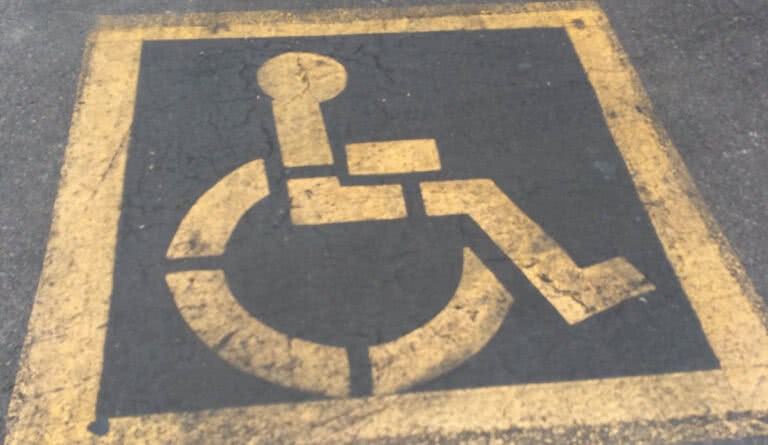Making sure your event is accessible to as many people as possible can be a little daunting, but it doesn’t need to be. Sometimes it’s the little things that make all the difference for people with accessibility needs. Your event listing and/or event website a great place to start.
Free download: The Basics of Event Accessibility: How to Create a More Accessible Event
Here’s how to make your event listing accessible to more people:
Add written descriptions for images
Use the image description field to describe the picture in detail. How would you describe the image to someone who couldn’t see it? This is what a reader for someone who is visually impaired will be doing.
Upload a transcript for your videos
People who are hard of hearing (and visual learners) will appreciate an accurate video transcript. This is also great for SEO and translation!
Increase text contrast
If you are using custom CSS or have an image behind text, make sure the contrast is high enough.Web Content Accessibility Guidelines require text to be 3:1 contrast ratio for large text, or 4.5:1 for small text.
Provide accessibility information in your FAQs
Your event listing is where people with accessibility questions will look for information first, and you can save everyone time by providing the right information here. Provide a factual and detailed FAQ section that includes info on:
- Ramps: Let wheelchair users know about the location and steepness of your ramps
- Stairs: If your venue doesn’t have a lift, or there’s a few flights of stairs to negotiate, let people know what they’re dealing with
- Bathrooms: For toilets to work for people with wheelchairs or walkers, they need to be able to fit the device inside with the door closed. Specifying how many of these are available helps for restroom break planning.
- Parking: Let people know if disabled parking is available. If there is no parking on-site, how far away they will need to travel to get to your venue
- Seating: Venues don’t always specify what accessible seating is like — is it a space for a wheelchair, or a standard seat with space for the wheelchair next to it? Clarifying what these spaces are is incredibly helpful for ticket buyers. Using reserved seating to allow people to book accessible spaces is another great option.
You can also offer an event map image to download right on your event listing. This makes it much easier for attendees to map out where they’ll go to enjoy it all, and helps people with accessibility concerns evaluate their route in advance.
For more information on creating an accessible event, download The Basics of Event Accessibility.





